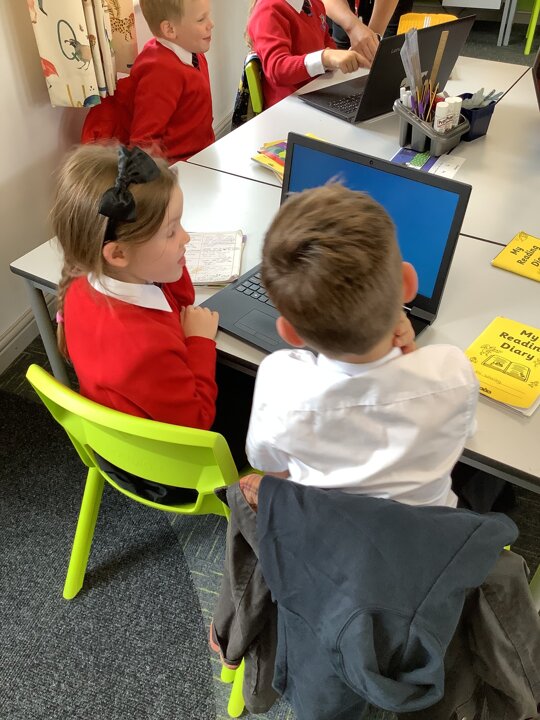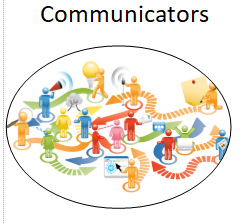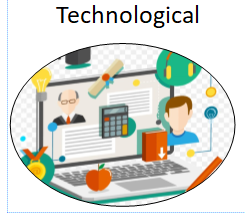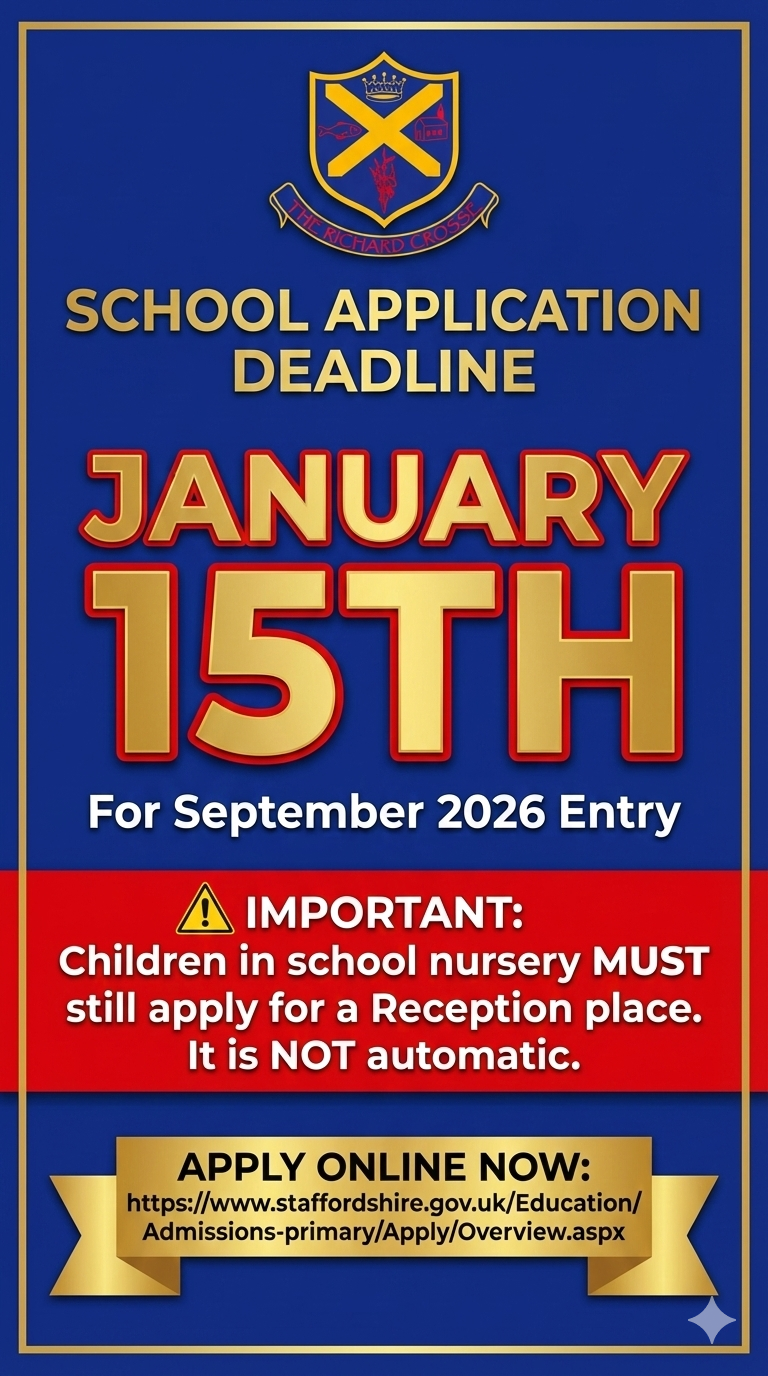Our intent: Our Computing programs of study have been carefully developed to allow us to deliver an engaging curriculum that will appeal to and inspire our children. The purpose of our curriculum is to provide a high-quality computing education that equips pupils to use computational thinking and creativity to understand and change the world. We embed our core value of Respect within this subject and encourage our children to reflect on Friendship in an online world.
The development of IT is changing the home and workplace and not least the school. Its impact on the lives of people and the economy continues to grow. It is therefore essential that pupils can take advantage of its opportunities and understand its effects.
Computational Thinking
Computational thinking is a problem-solving process that includes, but is not limited to, the following characteristics:
- Formulating problems in a way that enables us to use a computer and other tools to help solve them
- Logically organising and analysing data
- Representing data through abstractions such as models and simulations
- Automating solutions through algorithmic thinking – a series of ordered steps
- Identifying, analysing and implementing possible solutions with the goal of achieving the most efficient and effective combination of steps and resources
- Generalising and transferring this problem solving process to a wide variety of problems
- Computational thinking does not necessarily require computers
These skills are supported and enhanced by a number of dispositions or attitudes that are essential dimensions of computational thinking and that we believe are crucial for life in general. These dispositions or attitudes include:
- Confidence in dealing with complexity
- Persistence in working with difficult problems
- Tolerance for ambiguity
- The ability to deal with open ended problems
- The ability to communicate and work with others to achieve a common goal or solution
Computational thinking combines critical thinking with computing to develop powerful, robust problem solving skills. We believe that our computational thinker will be able to:
- Break problems into smaller parts
- Put things together, step-by-step
- Collect things and find patterns
- Make models for experiments
These simple skills will help to form the foundation for computational thinking in a digital age.
How this looks at Richard Crosse CE Primary
Our curriculum is sub-divided into three key areas;
- Computer Science
- E-safety
- Creativity,
These areas equip our children for later life and the ever-changing landscape in which they will work. Within our Academy Computational thinking will be developed progressively over a child’s school life through a range of experiences matched with opportunities for reflection on the appropriateness and relevance of its use in and out of school.
Incorporating IT into the curriculum may achieve two objectives:
- To extend and enhance learning in all the curriculum areas of the National Curriculum and beyond
- To help the child develop throughout the curriculum. A range of resources e.g. multi-media PC/iPads will enable children to choose the most appropriate technology as they practise their IT skills and develop IT capability.
- We believe that it is those children that can adapt best to change that will succeed, and believe our curriculum allows our children to accomplish this. IT capability will be developed progressively over a child’s school life through a range of experiences matched with opportunities for reflection on the appropriateness and relevance of its use in and out of school.
Computing Curriculum Rolling Program
Because of our computing curriculum, Richard Crosse children are:





